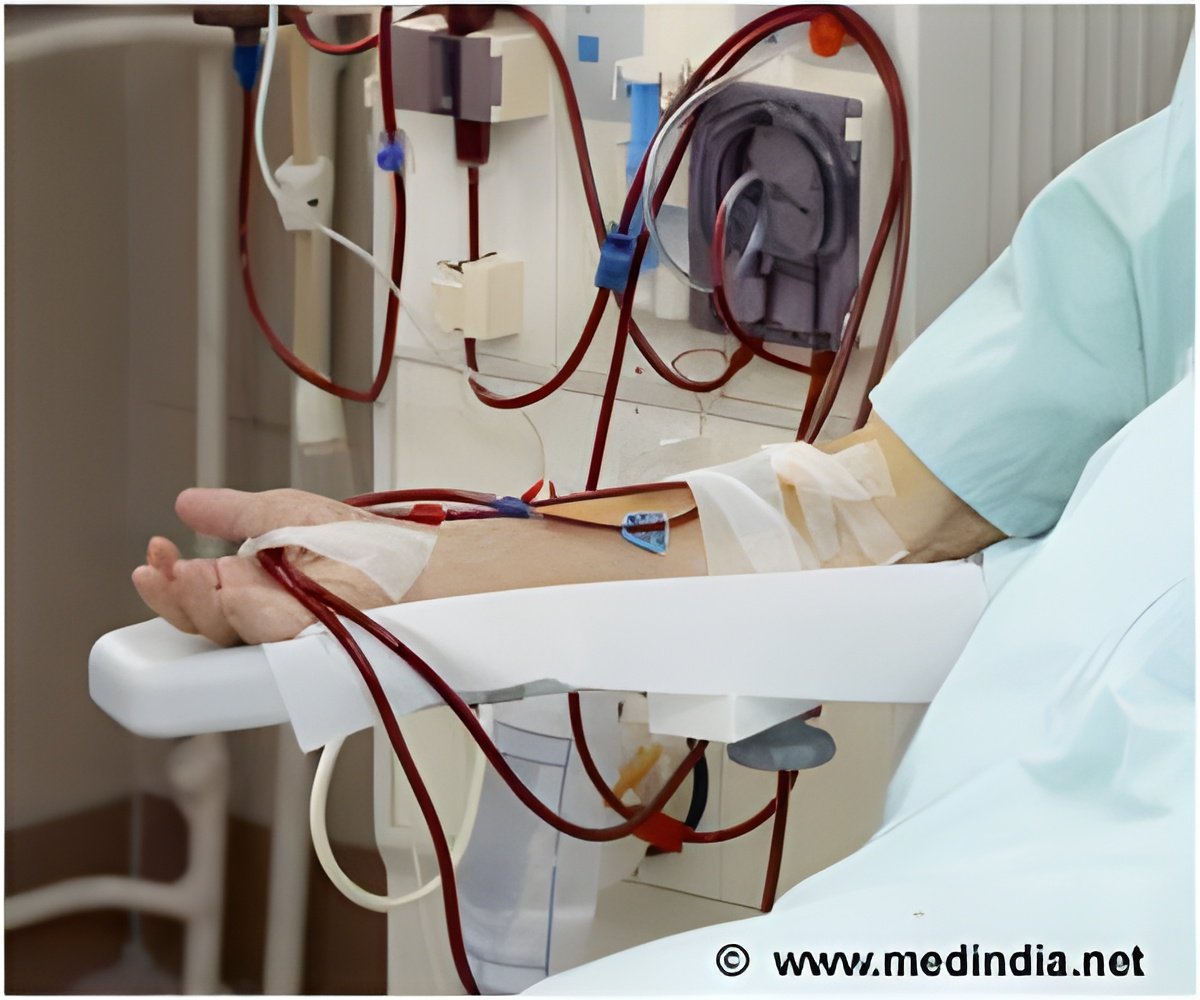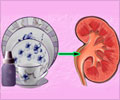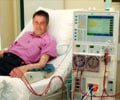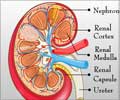
Two of these patients were also positive for Candida parapsilosis (C. parapsilosis), a fungus that can cause sepsis in immune-compromised patients. One of these patients was positive for C. parapsilosis in the dialyzer only, and one patient was positive for Candida in the blood and in the dialyzer, which was genetically traced back to the same fungus in a faucet in the reprocessing room, where the dialyzers are disinfected and sanitized. The infections were reported to the health department in August 2011.
Two patients developed fevers and were hospitalized. One patient was assessed and treated as an outpatient; all patients later recovered.
The County of Los Angeles Department of Public Health became aware of the situation when a hospital in southern California reported an outbreak of sepsis tied to one dialysis center. During the course of their investigation, they discovered that all of the cases used the same type of dialyzer with a removable component – an O-ring header. These three patients were the only ones in the facility to use this type of dialyzer. In response to this outbreak, the facility decided to discontinue use of multi-use dialyzers with O-ring headers.
"Hemodialysis technology is life-saving, but carries a high risk of infection, regardless of the type of dialyzer used," said English. "Dialysis centers must work to reduce the risk of infection for their patients by ensuring proper cleaning and disinfection procedures are being followed throughout the facility. If multi-use dialyzers with removable headers and O-rings are used, processes to ensure proper disinfection must be in place."
The County of Los Angeles Department of Public Health is working with state and federal partners to conduct outreach to dialysis centers to decrease dialysis-associated infections and will discuss lessons learned from the investigation at the APIC Annual Conference.
Advertisement
Hemodialysis is a life-saving procedure that uses an artificial kidney, or dialyzer, to remove waste from the blood when the kidneys no longer work. It is most often the treatment for end-stage renal disease. Following cardiovascular disease, infection is the second highest cause of death for hemodialysis patients.
Advertisement
In an effort to establish best practices for protecting patients undergoing hemodialysis, APIC published a Guide to the Elimination of Infections in Hemodialysis and has an archived webinar on dialysis event surveillance and reporting.
Source-Eurekalert













